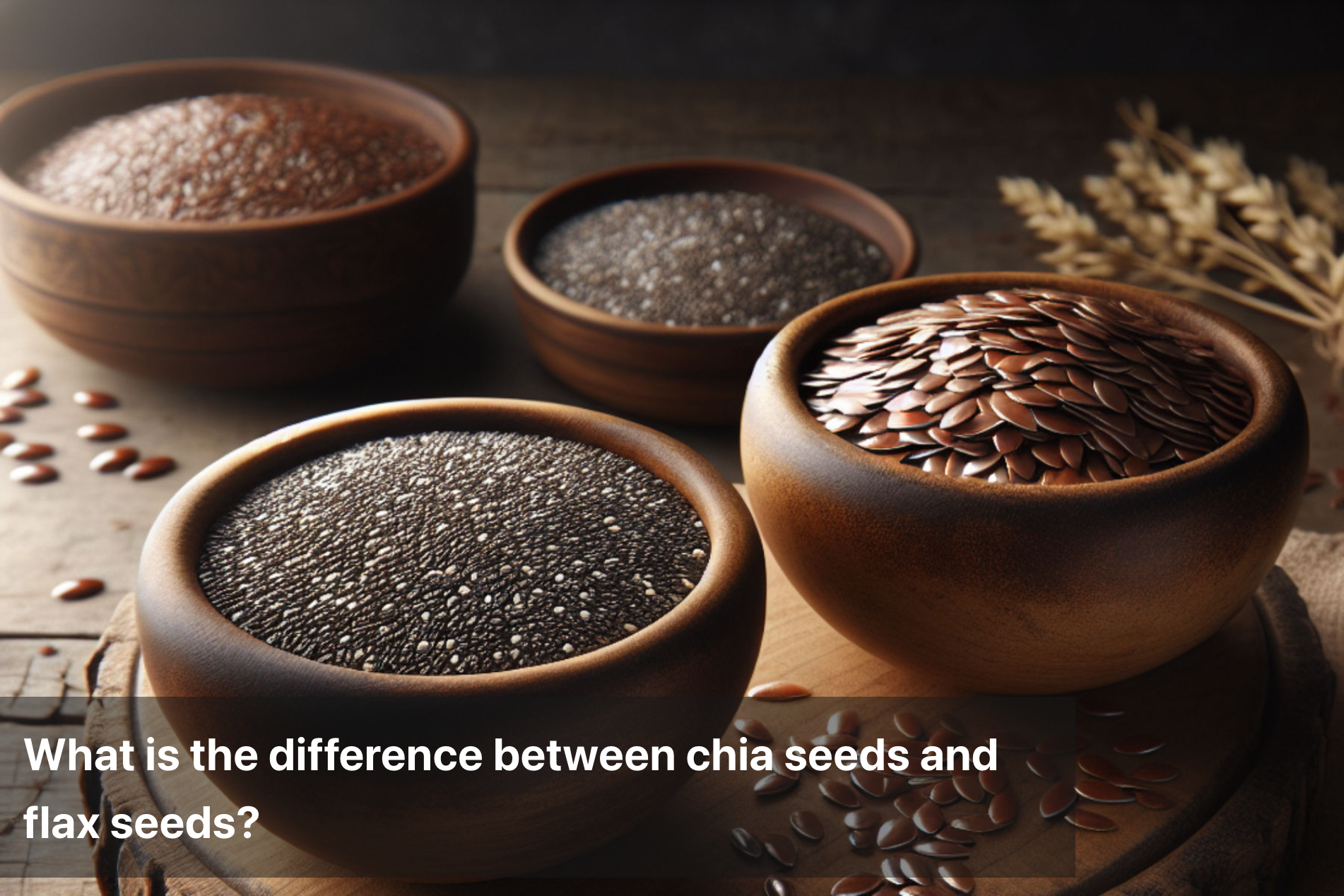
What is the difference between chia seeds and flax seeds?
Chia seeds and flax seeds have gained significant attention in recent years, celebrated as superfoods thanks to their impressive nutritional profiles and health benefits. Many people, including myself, are eager to incorporate these tiny powerhouses into their diets, but understanding the distinctions between them is essential.
Chia seeds, derived from the Salvia Hispanic plant, are rich in omega-3 fatty acids, fiber, and antioxidants. Their unique ability to absorb liquid and form a gel-like consistency makes them a versatile ingredient in various dishes, from smoothies to puddings. On the other hand, flax seeds come from the flax plant and are also renowned for their high omega-3 content, fiber, and lignans, which are beneficial compounds that may have protective effects against certain diseases.
Recognizing the differences in their nutritional aspects can guide us in making informed decisions about which seed to include in our meals. While both chia seeds and flax seeds share similar health benefits, such as supporting heart health and improving digestion, their unique properties warrant a closer look. Understanding whether to choose flax seeds vs chia seeds depends on individual health goals, dietary preferences, and specific culinary applications. This knowledge empowers you to harness the full potential of these superfoods.

Nutritional Profile Comparison
Nutrition Table for Chia Seeds (per 1 ounce or 28 grams)
Nutrient |
Amount |
|---|---|
Calories |
137 kcal |
Protein |
4.7 g |
Fat |
8.6 g |
Carbohydrates |
12 g |
Calcium |
177 mg |
Iron |
1.6 mg |
Magnesium |
95 mg |
Zinc |
1.0 mg |
Vitamin B3 (Niacin) |
0.8 mg |
Nutrition Table for Flax Seeds (per 1 ounce or 28 grams)
Nutrient |
Amount |
|---|---|
Calories |
150 kcal |
Protein |
5.2 g |
Fat |
12 g |
Carbohydrates |
8.0 g |
Calcium |
26 mg |
Iron |
0.9 mg |
Magnesium |
40 mg |
Zinc |
0.9 mg |
Vitamin B3 (Niacin) |
0.6 mg |
Health Benefits of Chia Seeds and Flax Seeds
Health Benefits of Chia Seeds:
High in Fiber: Aids digestion, helps in weight management, and promotes gut health by supporting regular bowel movements.
Rich in Omega-3 Fatty Acids: Supports heart health, reduces inflammation, and may improve cognitive function.
Supports Bone Health: High in calcium, magnesium, and phosphorus, which are essential for strong bones.
Boosts Hydration: When soaked, chia seeds absorb water and form a gel-like substance, helping to keep you hydrated.
Health Benefits of Flax Seeds:
Rich in Lignans: Contains plant compounds with antioxidant properties that may reduce the risk of certain cancers and support hormone balance.
Promotes Digestive Health: Flax seeds are an excellent source of fiber, promoting regular bowel movements and preventing constipation.
Regulates Blood Sugar: The soluble fiber in flax seeds may help improve insulin sensitivity and reduce blood sugar levels.
Supports Weight Loss: High in fiber and protein, flax seeds help you feel full longer, aiding in weight management.
Culinary Uses and Preparation
Culinary Uses and Preparation of Chia Seeds
Sprinkling on Salads and Yogurt: Sprinkle chia seeds on top of salads, yogurt, or cereal for a crunchy texture and nutritional boost.
Chia Jam: Blend fruit with a little honey and mix in chia seeds. Let it sit for a few hours to create a naturally thickened jam.
Chia in Oatmeal: Stir chia seeds into your morning oatmeal to increase its fiber content and improve texture.
Chia Pudding: Mix 3 tablespoons of chia seeds with 1 cup of milk (or plant-based milk) and let it sit for 4 hours or overnight to form a gel-like pudding. Top with fruits and nuts for added flavor.
Culinary Uses and Preparation of Flax Seeds
Flaxseed Meal as a Binder: Use ground flax seeds as an egg substitute. Mix 1 tablespoon of ground flax with 3 tablespoons of water, allow it to thicken, and use in baking recipes like pancakes, muffins, or cookies.
Incorporating in Baked Goods: Add ground flax seeds to muffins, bread, or granola bars to enhance the texture and add a nutritional punch.
Flaxseed in Yogurt or Cereal: Sprinkle ground flax seeds on top of yogurt or cereal for a subtle nutty flavor and fiber boost.
Flaxseed Crackers: Combine ground flax seeds with water, seasonings, and spread the mixture thinly on a baking sheet to bake homemade flaxseed crackers.

Making the Most of Chia and Flax Seeds in Your Nutrition
When considering chia seeds and flax seeds, it's essential to understand both their unique features and common attributes. Both seeds are touted as superfoods, offering impressive nutritional benefits such as fiber and omega-3 fatty acids. However, the particulars differ.
Chia seeds are known for their ability to absorb liquid, become gelatinous, and expand in size, making them a great addition to smoothies, puddings, or as a thickening agent. They also contain higher protein levels compared to flax seeds. On the other hand, flax seeds have a nuttier flavor and can be ground to enhance nutrient absorption. They are often favored for their lignans, which may contribute to heart health and hormonal balance.
While both seeds can aid in digestion and promote weight management, your choice might depend on specific dietary needs or preferences. For instance, if you prefer a milder texture for your meals, chia could be more suitable, whereas flax may be your go-to for added crunch.
Both chia seeds and flax seeds offer numerous health benefits. Assess your dietary goals and personal taste to determine the best fit for your lifestyle. Ultimately, incorporating both can enhance your nutrition in diverse ways.
This Blog post is an initiative by Lo! Foods, to provide accurate and Nutritionist / Doctor approved information related to Health. Lo! Foods is India's leading brand for Everyday Functional Foods. Foods designed for specific Health conditions or Needs. Lo! Foods also runs India's largest range of Low Carb Healthy Cloud Kitchens, under the brand names of Lo!, ProteinChef, ATH (All Things Healthy) and DiabeSmart.



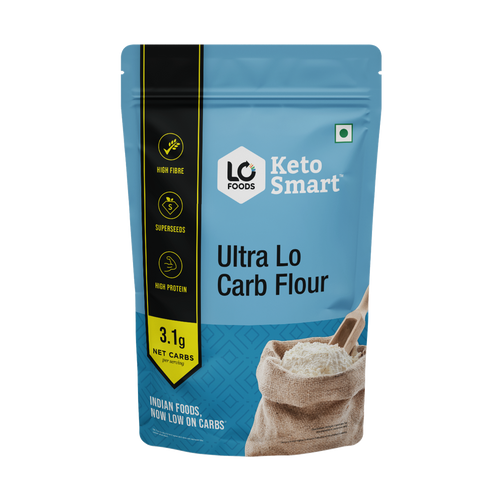
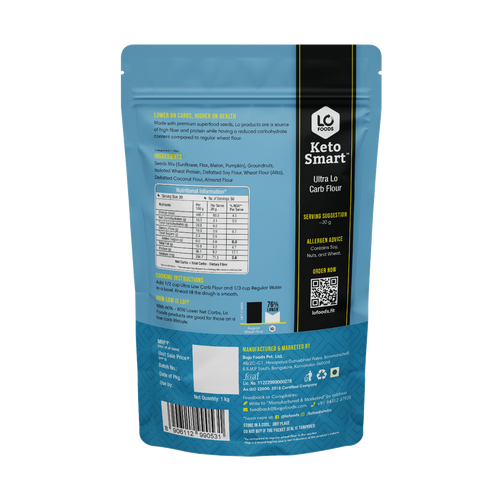

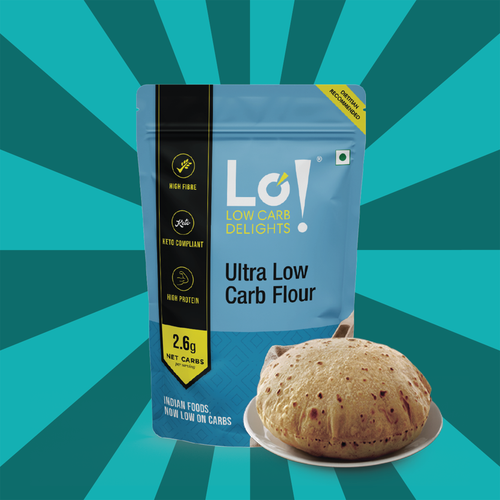


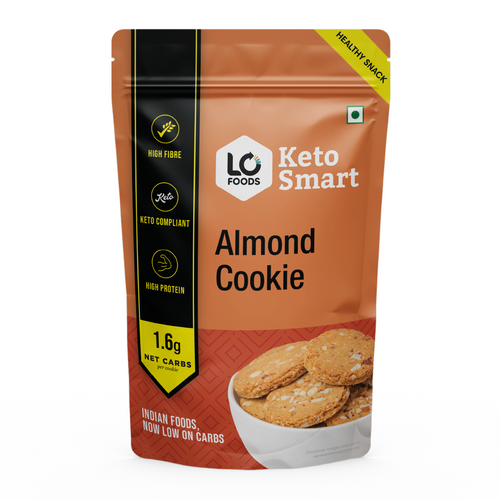

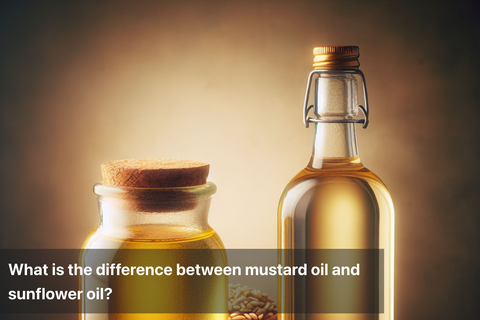
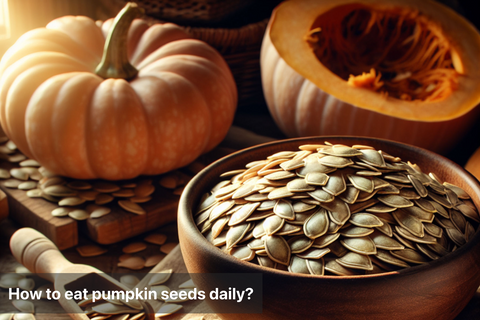
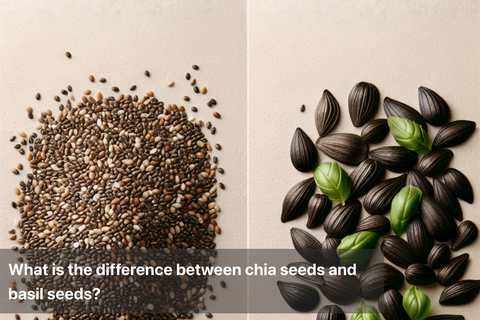

Leave a comment
Your email address will not be published.